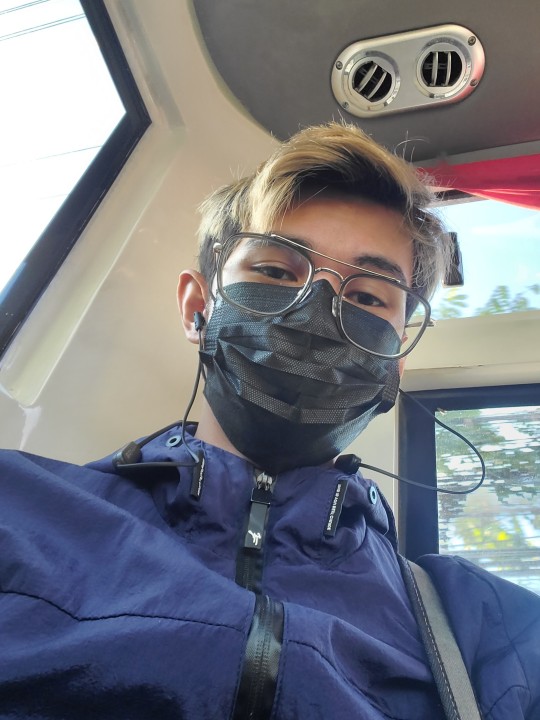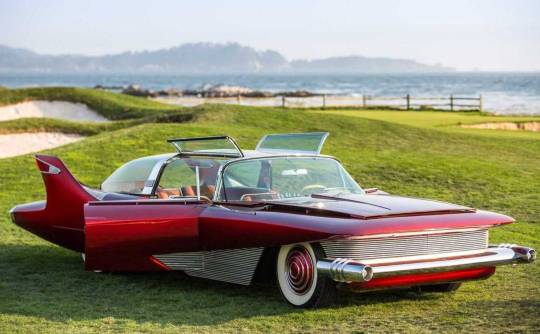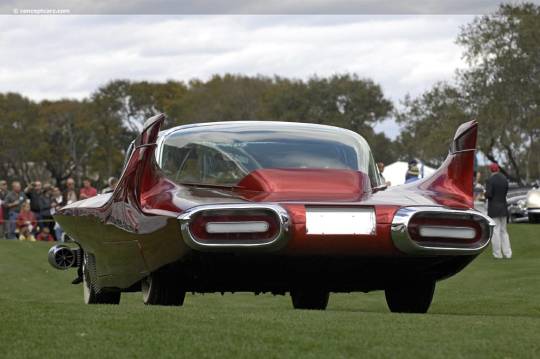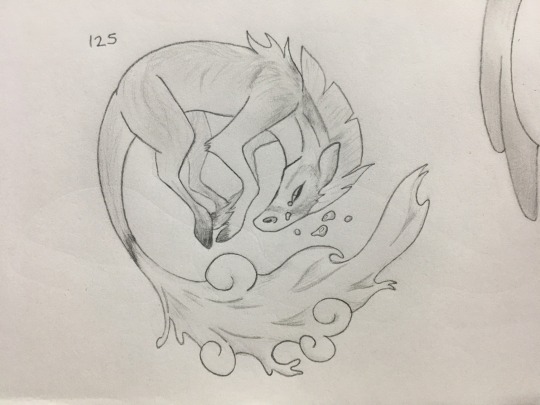#125/365
Text

Drew a bit today and uh…that’s it. Sorry.
6 notes
·
View notes
Video
youtube
Is The US Becoming A Dystopia? by Second Thought
1 note
·
View note
Text

9 notes
·
View notes
Text

October 22, 2023 - Day 125
Gosh what a gorgeous weekend.
1 note
·
View note
Text

125/2024
a visitor
1 note
·
View note
Text
may 5, 2023
i had a good day today- i made the most out of funday friday. even though it was a lot, i tried to keep a positive energy. 😊 thank god it’s friday
0 notes
Text
Day 125 of 365
Friday,
Finally the end of the week of work and doing something unproductive. I am finay be able to sleep and wake up and write some songs and watch some films. But well time will tell.

0 notes
Text




125/365 days of regina mills
#ouatedit#once upon a time#ouat#reginamillsedit#evilqueenedit#regina mills#lana parrilla#365rm#new york city serenade
180 notes
·
View notes
Text

1960 DiDia 150 Custom

1960 DiDia 150 Custom

1960 DiDia 150 Custom

1960 DiDia 150 Custom

1960 DiDia 150 Custom

1960 DiDia 150 Custom
The car was originally powered by a 365 cubic inch Cadillac engine, later replaced by a 427 cubic inch high-performance Ford engine, and had a 125-inch wheelbase, with a tubular aluminum frame and a hand-fashioned soft aluminum body. The car has Batmanesque set of rear fins dominating the bodyline and ruby red hubcaps on whitewall tires.
The car was designed by Andrew Di Dia, a clothing designer, who Bobby Darin had met while on tour in Detroit in 1957. Darin telling Di Dia at the time that he would purchase the car if he ever "hit it big".
For seven years, from 1953 to 1960 the DiDia 150 was hand-built by four workers, at a cost of $93,647.29 but sold to Darin in 1961 at a cost of over $150,000 (1.5 million today). At the time the car was listed as most expensive "custom-made" car in the world by the Guinness Book of Records. The body was hand-formed by Ron Clark and constructed by Bob Kaiser from Clark Kaiser Customs.
Di Dia toured the car around the country, when Darin wasn't using it for public appearances. After publicity and film use, Darin donated his "Dream Car" to the National Museum of Transportation in 1970 where it remains. It was restored by Mike Manns of Manns Auto Body in Festus, Missouri before going on display.
The gasoline-fueled V8 engine (originally 365 cid, later upgraded to 427 cid) is located at the front. It is rear-wheel drive. The body and chassis are hand-formed from 064 aluminum with a unitized alloy tube frame.
It has a glass cockpit in back, a squared steering wheel resembling a superellipse and thermostatically controlled air conditioning system. The interior is rust colored in contrast to the ruby paintwork. The design included the first backseat-mounted radio loudspeakers and hidden windshield wipers, which start themselves when it rains. Other features include retractable headlamps, rear turn signals which swivel as the car turns, 'floating' bumpers and a trunk that was hinged from the driver's side. Each of the four bucket seats have their own thermostatically controlled air conditioning, individual cigarette lighters and ashtrays, as well as a radio loudspeaker.
Source: Wikipedia / motorius.com
#DiDia 150 Custom#DiDia 150#DiDia#car#cars#muscle car#american muscle#427#cadillac#Andrew Di Dia#Di Dia#bobby darin#National Museum of Transportation
60 notes
·
View notes
Text

so that rhombus of ruin huh
125/365
85 notes
·
View notes
Text

4 notes
·
View notes
Text

October 22, 2022 - Day 125
A lovely day celebrating my mom's birthday.
1 note
·
View note
Text

125/365.23
brand new toy 😊
0 notes
Text
Advanced Ichthyocetus - Batrachorusalkas

Usually, the rate of evolution of secondary aquatic animals is high - for example, in whales, the transition from semi-terrestrial to semi-aquatic animals took no more than 8 million years. In ichthyosaurs, this interval is reduced to 4-5 million years (from 250 to 246 million years), in mosasaurs it increases to 39-18 million years (from 125, counting from the species Kaganaias or 99, counting from the species Aigialosaurus to 86 million years ago). One can also recall seals (26 million years), metriorhynchidae (3 million years), plesiosaurs (6 million years)*... This is enough time to transform the limbs into fins and become adapted to life in the open seas.

Whale evolution. Author unknown, found in internet.
The situation becomes strange when looking at ichthyocetus, which initially retained many features for life in water and almost never went on land. The ancestor of the clade, tulerpeton, lived in the Ural Sea 365 million years ago: however, 58 million years later (!) we see quite primitive species that differ from their ancestors only in increased size and a narrower skull (as well as a specialized tail). Obviously, in addition to such forms, we must inevitably find more advanced species capable of permanent life in open waters.

Ichthyocetes - late primitive species of Ichthyocetesidae (we will use there terms as synonyms, meaning whole clade, not concrete species).
Before we proceed to their discussion, let's clarify the features of ichthyocetus. These animals are ideally adapted for shallow waters, characterized by developed limbs for movement in difficult coastal environments and a movable neck. We should immediately note that this fact makes this clade dependent on glaciation cycles, therefore, transgression and regression of the seas. As a relative of tulerpeton, ichthyostega, ichthyocetus moved on land (if the situation forced them) like seals, stretching their body with their forelimbs (while the body could not bend similarly to modern lizards or salamanders). Thus, ichthyocetes, when moving in water and land, more often use their tail and limbs, especially the front ones, while the body itself is motionless. The neck is mobile, but limited in length and mobility due to its primitiveness.
It is quite obvious to see a tendency in ichthyocetes to decrease body length and tail/fin development. Nevertheless, in all ichthyocetes, the forelimbs never became fins completely, but on the contrary, developed mobility and flexibility for - oddly enough - capturing prey. This fact is explained by the limited mobility of the skull and the diet of ichthyocetes - the search for benthos/armored mollusks. The "hands" allowed them to capture prey, while the powerful jaws crushed the shells. However, the limbs themselves are flattened due to soft tissues, and the fingers are connected by webbing. This allows them to actively use it in swimming, especially if they need to quickly get up for a new breath of air. In other cases, the tail is used for movement.

Tulerpeton and Ichthyostega found fossils
As a result of these adaptations, the most progressive group of ichthyocetes from the Early Carboniferous appears - Batrachorusalka (mermaid frogs). This group is a medium-sized nautiloid and ammonite hunter. They appear after the Serpukhov extinction, as shallow waters lost most of their species and became less productive due to a decrease in carbonate platforms (shallow waters built by reefs) and, consequently, a slowdown in speciation of species. Nevertheless, it was during this period that ammonites and natuiloids reached their heyday, and some representatives of ichthyocetes began to specialize in them, becoming batrachorusalkas. The remaining species of the clade under consideration remained in shallow waters, almost ceasing to evolve, as well as gradually reducing their range: the only thing that led to the emergence of new species was a drop in sea level and fragmentation of the original populations into smaller isolated groups.
Batrachorusalkas have reduced hind limbs, a short barrel-shaped body and a long tail convergent to those of ichthyosaurs and mosasaurs. When moving, the forelimbs stabilize the body, as well as a small "dorsal fin". The developed "hands" are capable of folding into a compact fin and are usually placed to the sides. When chasing prey, batrachorusalkas captures prey with its jaws after a high-speed pursuit, after which it stretches its "arms" forward and captures the shell of the nautiloid, after which this ichthyocetes goes into depth to dismember prey. This is done as follows: the animal crushes a part of the shell to deprive the mollusk of the opportunity to hide in its house, after which it grabs the flesh of the prey with its teeth and pulls the nautiloid's body with its forelimbs from the head, lifting them up. Then the batrachorusalka swallows the part of the prey caught in its jaws, shaking its head, and the process repeats. Since farmhands can hold air for up to an hour, they can take their time in eating food.
Batrachorusalkas have two types of teeth. The teeth on the palate and lower jaw are flat, oppressive, and concentrated in the back of the jaws. The extreme dentition, on the contrary, is cutting, convergent to the teeth of Eugeneodonts with symmetrical teeth. Another feature of the species is the nostrils, which retain their position at the tip of the muzzle: these animals have a habit of floating vertically, "like a soldier".
The decline of batrachorusalkas, which could reach a size of about 4 meters, occurred with the appearance of large eugeniodonts in the region, which surpassed marine tetrapods in speed and agility, and also hunted the same ammonoids and nautiloids better. Moreover, the edestus of the Ural Sea easily took away the caught prey from the farmhands, since the latter ate their prey too slowly. Meanwhile, the more primitive shallow-water batrachorusalkas suffered from habitat loss and competition with their more basal relatives. 310 million years ago, the last mermaid frogs became extinct. The remaining ichthyocetes die out at the end of the Carboniferous due to changes in the hydrochemistry of the coasts caused by the extinction of carboniferous forests, although some representatives (descendants of batrachorusalkas, who began to live on the northern side of the Ural Ocean and became inhabitants of mossy reefs) live to the end of the Asselian Permian, having experienced a short-term surge in speciation 294-292 million years ago due to the largest transgression of the sea in the Permian (regression finally destroys the last ichthyocetes).
So the unique amphibian dynasty and the last of the Stegocephals (Stegocephali, which does not include the ancestors of modern tetrapods) ceased to exist.
NOTES (*) The calculations are approximate and made by the author of the article. The author looked for basal representatives of the family with legs and without legs, after which he calculated the gap between these forms. They are accurate enough to give general ideas on the topic under discussion, but nothing more.
40 notes
·
View notes
Photo

125/365 : Han Yoojin and Sung Hyunjae
SHJ hugging HYJ to protect him from attack or just do that to whisper things to him. Yes. that's totally normal to do that with your (business) partner.
227 notes
·
View notes
Text
Kehidupan kamu tidak berhenti.
Hanya karena kamu diacuhkan oleh beberapa orang, hanya karena usaha kamu tidak berbalas, hanya karena segala ocehan kamu sekedar dilirik sebelah mata.
Tidak sayang, sungguh kehidupan kamu masih terus berjalan, dan menyiapkan banyak kejutan indah tak terbayangkan.
Penghuni Jejaring Biru
Page 125 of 365
#365haribercerita#jejaringbiru#lembarjejaring#komunitas#tumblr#quotes#tulisan#bersama#kolaborasi#menulis#kehidupan#renungan#nasihat#catatan#selfreminder
107 notes
·
View notes